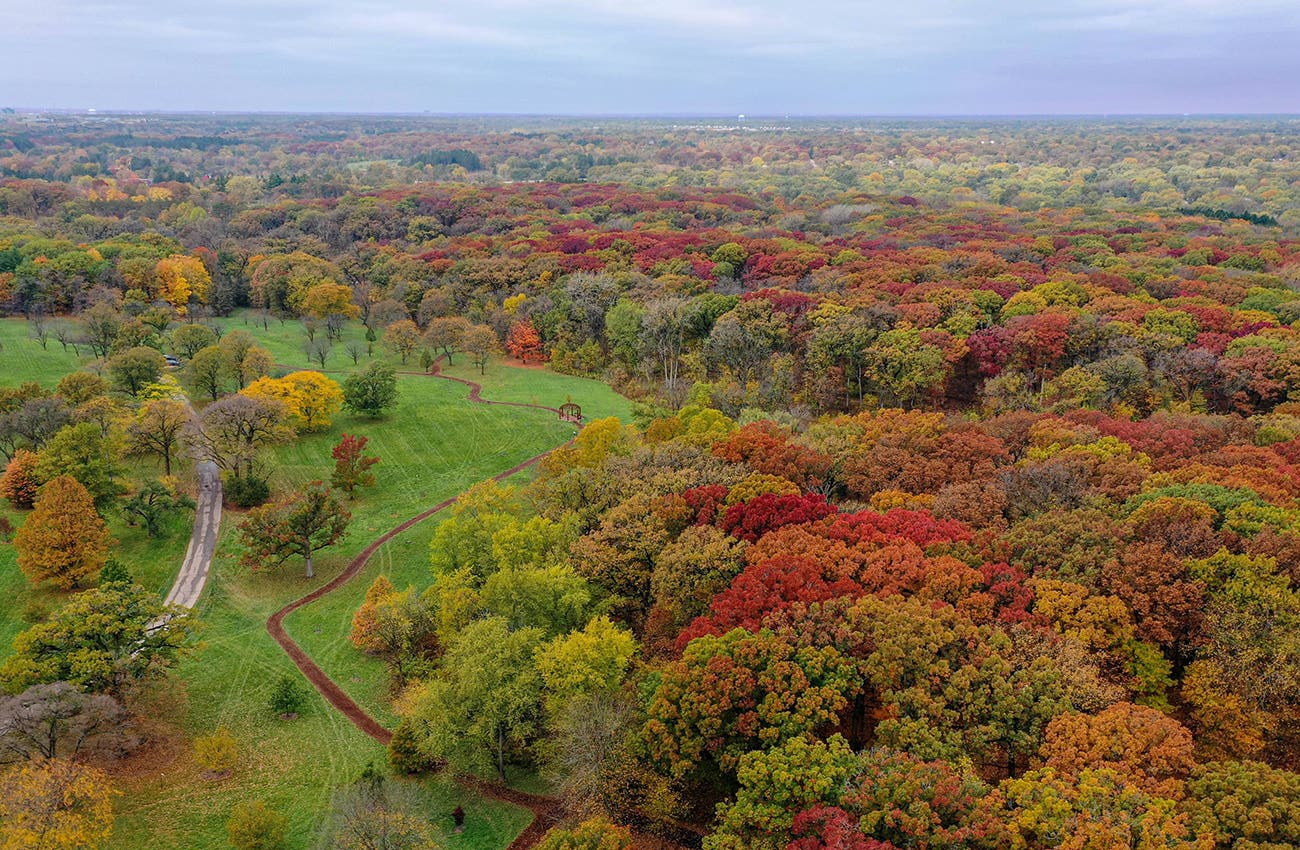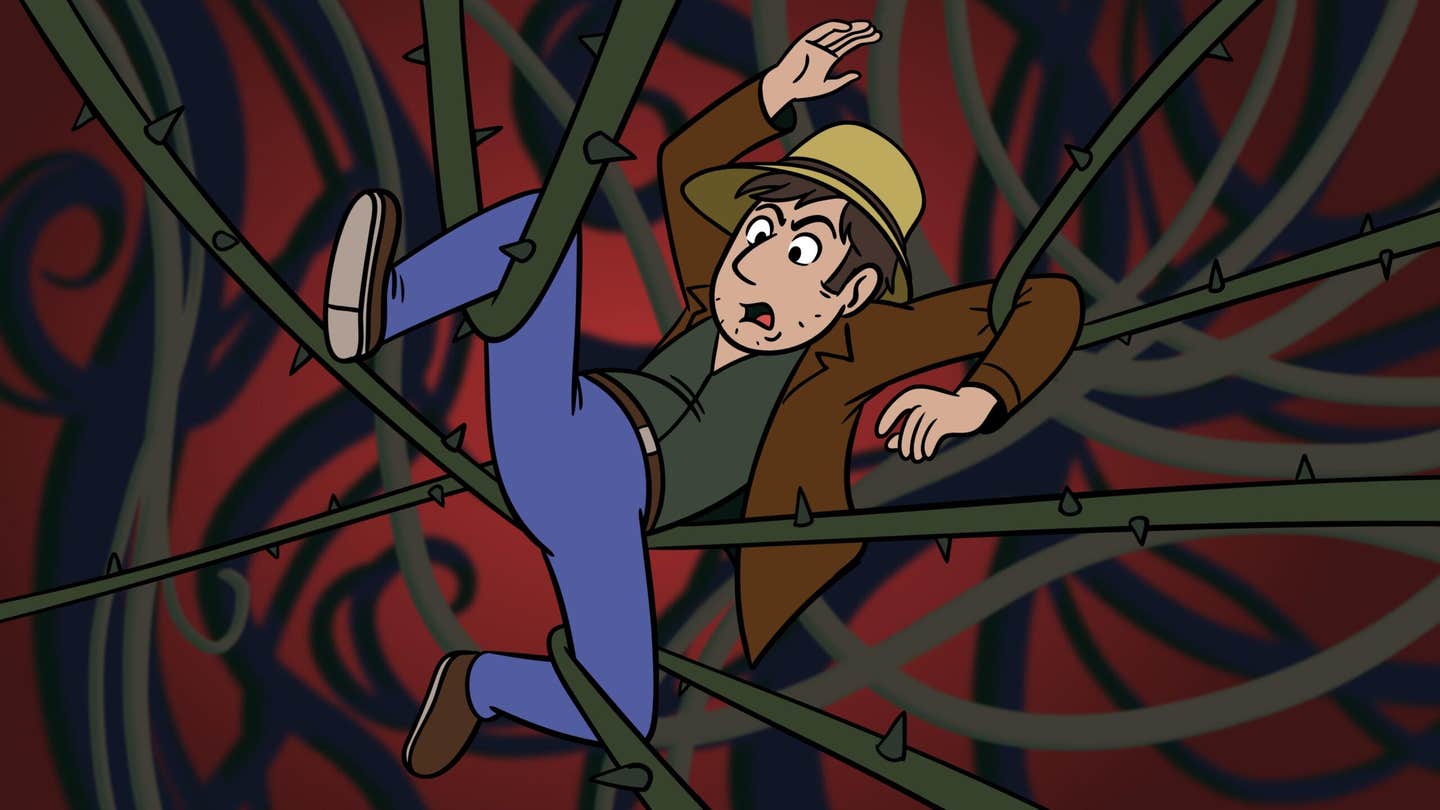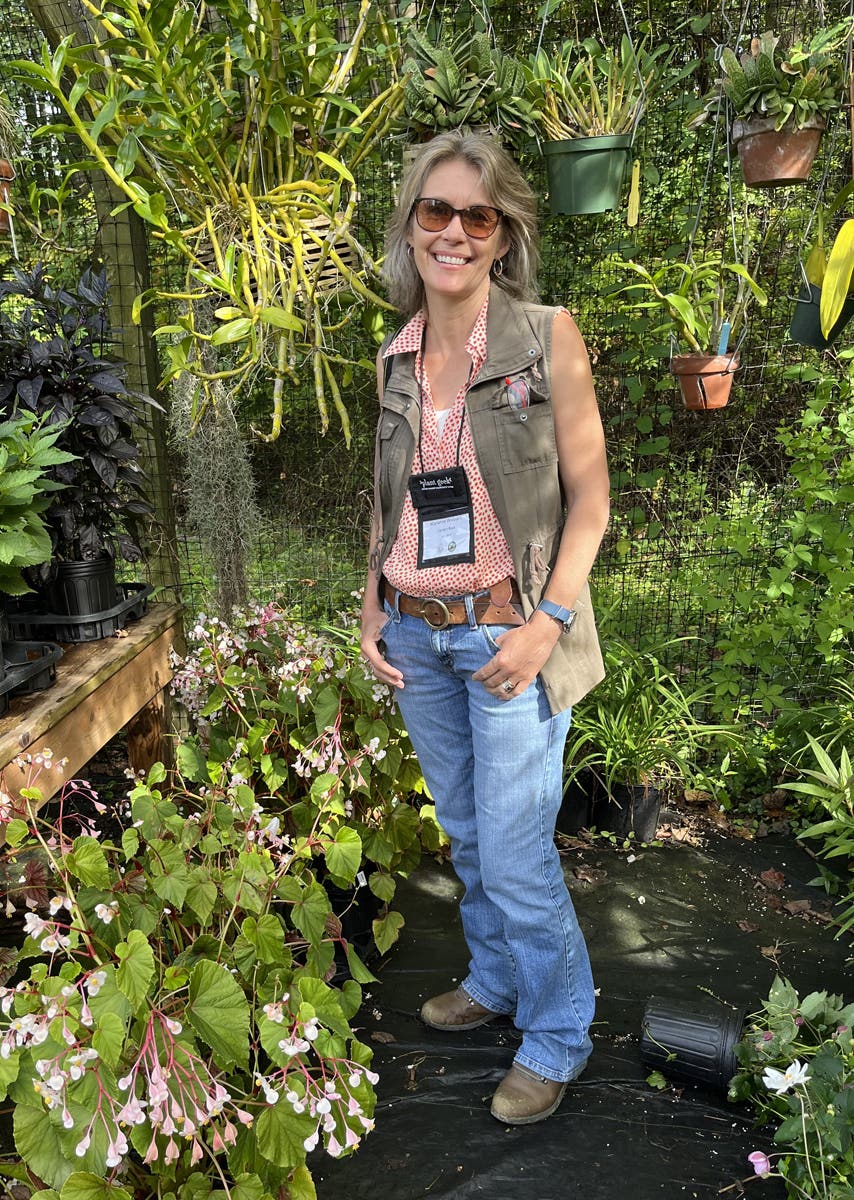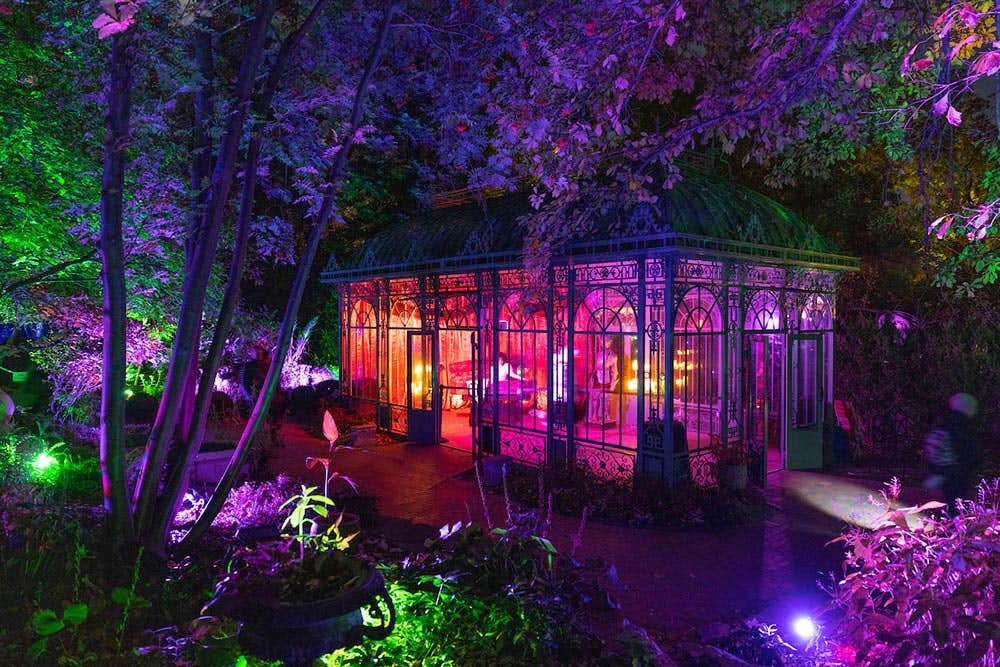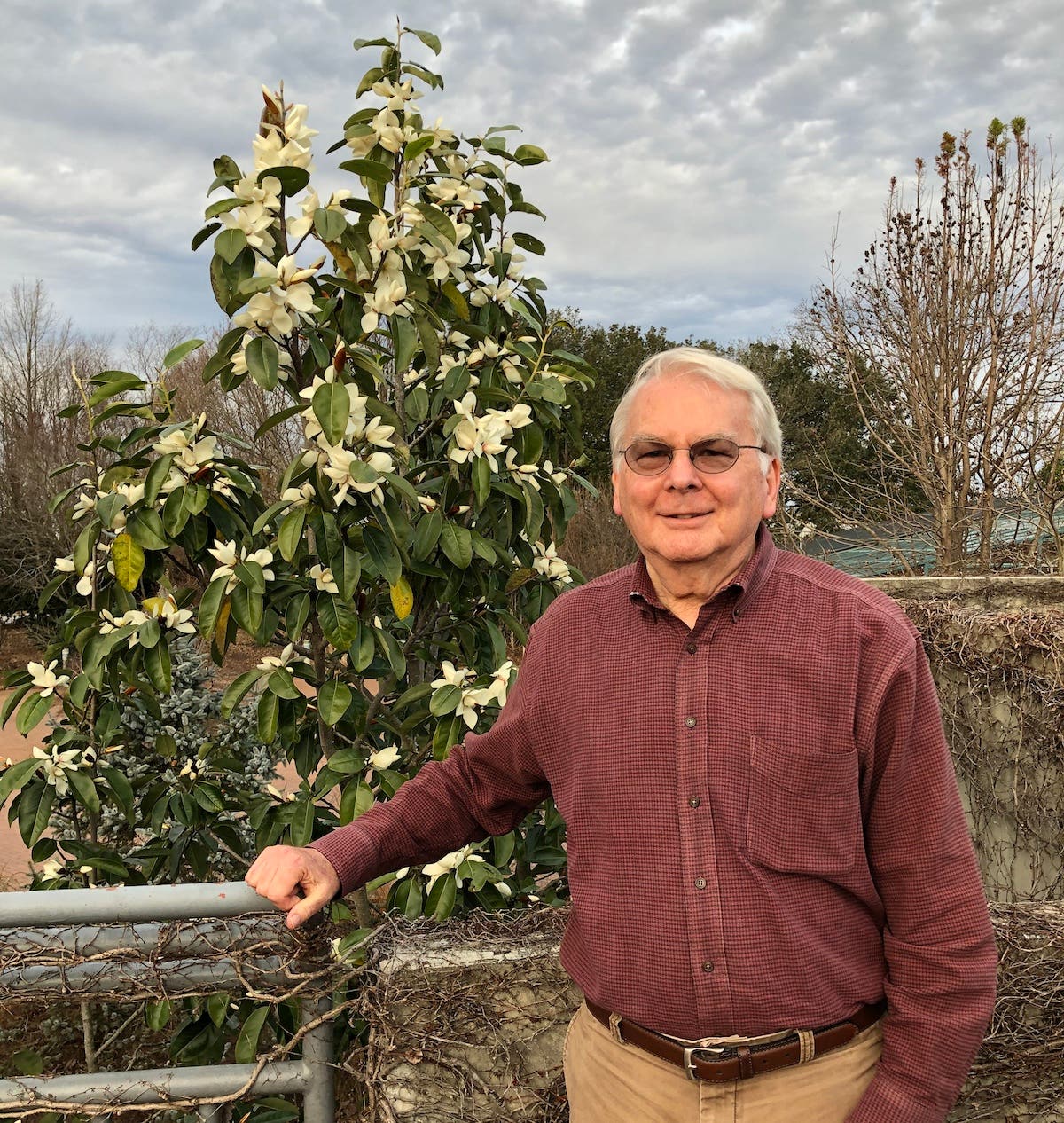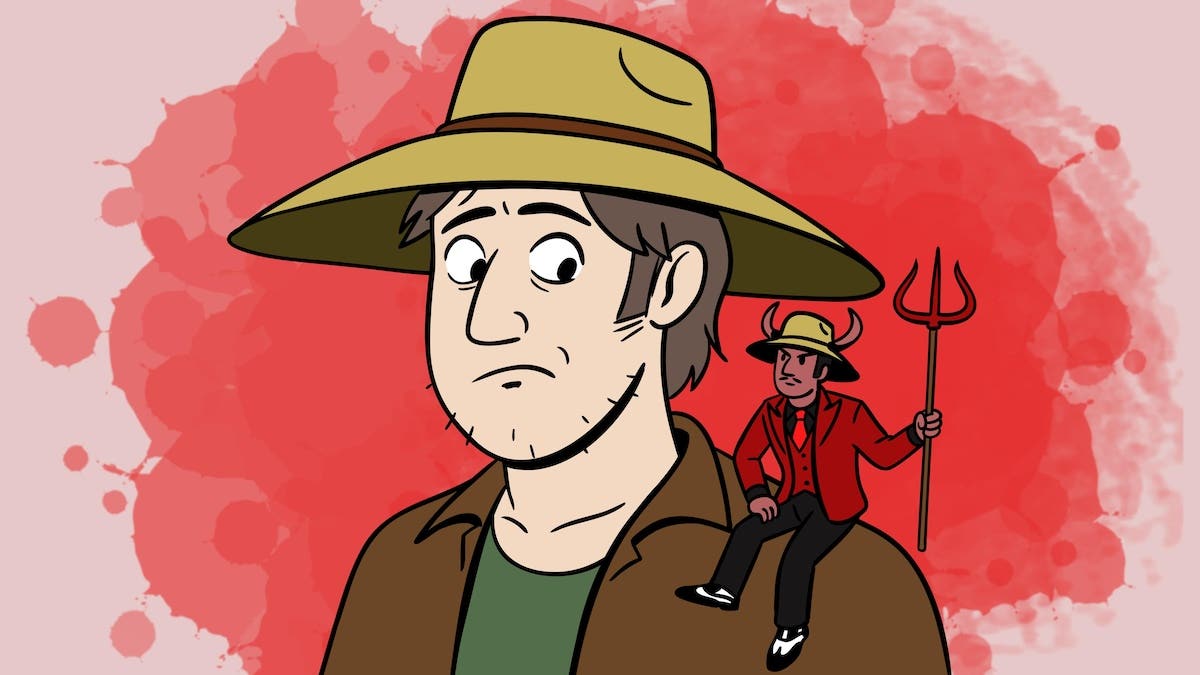A Rare Plantsman: Panayoti Kelaidis
Teacher, explorer, and collector Panayoti Kelaidis has transformed the horticulture of the American West BY LAUREN SPRINGER Last year I paid a visit to Sarastro, a superb perennial nursery in…
Teacher, explorer, and collector Panayoti Kelaidis has transformed the horticulture of the American West
BY LAUREN SPRINGER
Last year I paid a visit to Sarastro, a superb perennial nursery in Ort, an Austrian village near the German border. Beyond my pocketful of euros, I quickly found the owner's and my common currency: a remarkable man named Panayoti Kelaidis. This Colorado native's multisyllabic Cretan name is invoked so often by plantspeople that it has become a lingua franca of sorts among plant lovers the world over.
Back in the States at the Denver Botanic Gardens, a walk across the grounds in search of Panayoti follows the sound of animated conversation punctuated by an infectious belly laugh. Round the corner stands a small group encircling a dark-skinned man who is talking and gesticulating, his large, expressive Mediterranean features lit up by a brilliant smile. He is running late for a meeting. Panayoti's present title of curator of plant collections has expanded his charge to include everything that photosynthesizes on site—at present count, approximately 15,000 taxa. What's more, he oversees experimental trials for the Plant Select program, a cooperative venture between Colorado State University and the Botanic Gardens that he helped found to evaluate and promote new and underused plants of horticultural promise to the region. Yet the meeting can wait—there's a multihued hardy moraea to revere that is blooming for the first time since it was started from seed he collected in South Africa. There are a dozen high-altitude Kniphofia species to compare. And we must have a peek at all the seedlings from his most recent excursions to Chile, Argentina, Pakistan, and Spain.
Panayoti embodies a powerful combination of intellect, action, and generosity of spirit. Among rock gardeners, he is considered one of the premier practitioners of the art and science of alpine gardening. For readers of cutting-edge horticultural and botanical publications, he is among the most prolific, articulate, and expressive writers, with well over 100 articles and contributions to more than a dozen books to his credit. For the global tribe of obsessive plant seekers, the seed list of his collections at Denver Botanic Gardens, and the seeds he and his equally plant-obsessed wife Gwen offered for close to a decade through their business, Rocky Mountain Rare Plants, have made several thousand unusual plants available. Through his exploration, introduction, and sharing of American natives from the cold deserts and alpine regions of the West, as well as homeoclimatic plants from Turkey, western Asia, the Mediterranean, South Africa, Mexico, and South America, Panayoti Kelaidis is the reason that the Rocky Mountains and the interior West have become horticultural hot spots. In less than two decades, he has catalyzed a transformation of the region into a community of dynamic, environmentally attuned plantspeople, both professional and amateur. In these people's nurseries and gardens, this immense, barely tapped treasure trove of plants is being tested and proven.
EARLY YEARS
Born in 1950 in a small mining town on the western slopes of Colorado, Panayoti developed a love of the untamed West while fishing with his father. Nature liberated his otherwise frustrated, difficult immigrant father, and created a bond between father and son. Panayoti remembers this always: “For the gift that nature gave my father and me, I dedicate my life to bringing nature, via the plant world, into the lives of people.”
Struck early on by the beauty and diversity of the flora he saw annually on spring visits to California, Panayoti believed Colorado had the same potential, and he was going to prove it. As with many self-taught, self-made experts, he used other aspects of his life to help him take command of his craft, rather than suffering the tunnel vision some with more formal training fall prey to. A scholar with an ever-hungry intellect, he mastered foreign languages—Greek, Spanish, and Chinese—as well as diving headlong into philosophy, classical studies, and literature. Vladimir Nabokov remains his number-one hero, embodying the blending of art and science in his supreme accomplishments as both a writer and a lepidopterist. In rock gardening, Panayoti finds this same marriage of art and science, as well as of the western dichotomies of design and content with the holistic, unity-based philosophies of the East.
The rock garden, as Panayoti proposes it, defines it, and creates it, is much more than a collection of small-scale oddities from high mountain regions. It is an opportunity to grow plants that require the widest range of microclimates. Changes in soil, watering regime, and aspect, as well as the effects of the rocks themselves, are taken to unprecedented complexity with the help of the sunny, dry Colorado conditions that exaggerate such microclimates. Towering perennials, scruffy native shrubs, cacti, succulents, sheets of bulbs, tufts of grasses and sedges—all are allowed to consort with the typical well-behaved buns, cushions, and dwarf conifers one expects in a rockery. Once again, Panayoti sees both the big and little pictures. “Civilization depends on and occurs at the mercy of the plant kingdom,” he says. “Biodiversity has always been one of the main touchstones for me. I am a nerd—I have spent years poring over the floras of the cold temperate regions of the world. I visualize the plants, and then go out to find them and bring them back. It is the imagining, the inquiry, the search, and the satisfaction of finally finding the right spot for the right plant—that whole process inspires me.”
IT'S ALL IN THE PLANTS
So how is it that such an all-inclusive philosophy of growing plants can result in gardens of beauty rather than an aesthetic mishmash? “The sensory and artistic aspects of the gardens I make are mainly accidental,” is the humble response. Not that their beauty is lost on the man. But the beauty comes from the cohesion brought by the rocks, and by Panayoti's commitment to showcasing plants from steppe regions around the world. Mountain and steppe plants have many similar attributes, giving unity to a design that features them. Semiarid continental climates produce amazingly rich floras that have remained largely untapped because modern man has primarily populated maritime regions. There are vast numbers of geophytes, or bulbous plants—escape artists that go dormant during seasons of extreme temperatures and/or drought. Also, many of the plants have developed above-ground protection against sun, wind, and drought—silver, gray, hairy, spiny, waxy, or leathery foliage. And steppe plants tend to be lower-growing and often evergreen, hunkering down yet trying to garner as much photosynthesizing time as possible in spite of the short seasons and often thin soils. Panayoti's studies into paleobotany shed light on a deeper reason why these plants seem to consort so well together. They are actually genetically related in many cases, arising from an immense flora that populated the lands and mountains surrounding the ancient sea of Tethys, comprising what is now the Mediterranean, eastern Europe, northern Africa, and western Asia during the Mesozoic era.
THE ROCK ALPINE GARDEN TAKES SHAPE
In recent times—April of 1980 to be exact—it took more than a little courage for the recently employed computer specialist and former Chinese major to decide to make horticulture a profession and take on the weed wasteland that was the newly created Rock Alpine Garden. After about a month, intimidated and overworked, the usually unwavering optimist fell into total despair. “I felt I had made the biggest mistake of my life. Then came Roundup and Sandy.” Roundup, of course, was the newly approved, low-toxicity herbicide. Sandy Snyder is a gifted gardener with the energy of an army and a practical, no-nonsense approach that carried Panayoti through the first year and for 15 years more as his assistant. Together they fought about, collaborated on, and gardened the site into international recognition.
Perhaps it was the excitement mixed with the overwhelming challenge of the project, but more than likely it was Panayoti's persistent and articulate pleas that prompted a number of members of the local chapter of the North American Rock Garden Society, which Panayoti had helped found a few years earlier, to form a group of dedicated volunteers. A few of the core originals are still planting, weeding, and seed collecting in the Rock Alpine Garden today, along with many newcomers. What a handful of others have given to Panayoti, he has returned many times over. There is hardly a serious gardener or professional horticulturist in this region whom Panayoti hasn't inspired, taught, helped, or given plants and seeds. Many would call him their mentor, including myself. Dan Johnson, curator of native plants at the Denver Botanic Gardens, calls him the “best boss possible. I have never been so professionally supported in my life. Panayoti is positive and complimentary, never arrogant or condescending. He is always encouraging you to do more. He believes in what you're doing. He is the finest motivator.” It is this generosity of spirit that has given Panayoti's immense contributions even more breadth. “On my grave marker, I would like it to say, ‘He served horticulture,’” he says emphatically.
GARDENING FOR EVERYONE
Looking to the future, Panayoti wants to extend his role. He puts it this way: “My gardens are laboratories. They are a means, not objects or static end results. Perhaps the most important accomplishment of the Rock Alpine Garden is proving that a public garden functioning as a laboratory can be stimulating and exciting by being a highly experimental, ever-changing process.” Public gardens, rather than being museums of plants and garden styles, “should be forms of exploration, not just reinforcements of familiarity.”
Panayoti also sees rock gardening and public gardens as the tool to bring plants and nature back into the lives of all people, not just those already smitten. “Every facet of a garden is a vessel for communicating with people, with nature, with the universe. I want everyone to acknowledge plants and gardening, and to accord them the significance they give popular music or sports today.” His power is not to be underestimated. As my mother, a woman with a truly black thumb, said upon visiting the Rock Alpine Garden and sharing a brief word with the man, “That Panayoti could make even me like to garden.” H
If You Go
The display at the Rock Alpine Garden at the Denver Botanic Gardens begins in March with spring bulbs and reaches its peak from mid-April through early June. DBG is located at 1005 York Street, Denver. CO 80206. Hours from May through September are 9 A.M.-5 P.M. Wednesday-Friday. 9 A.M.-8 P.M. Saturday-Tuesday; from October through March, hours are 9 A.M.-5 P.M. daily. For information, directions, and admission prices, telephone 720-865-3500 or visit www.botanicgardens.org.


